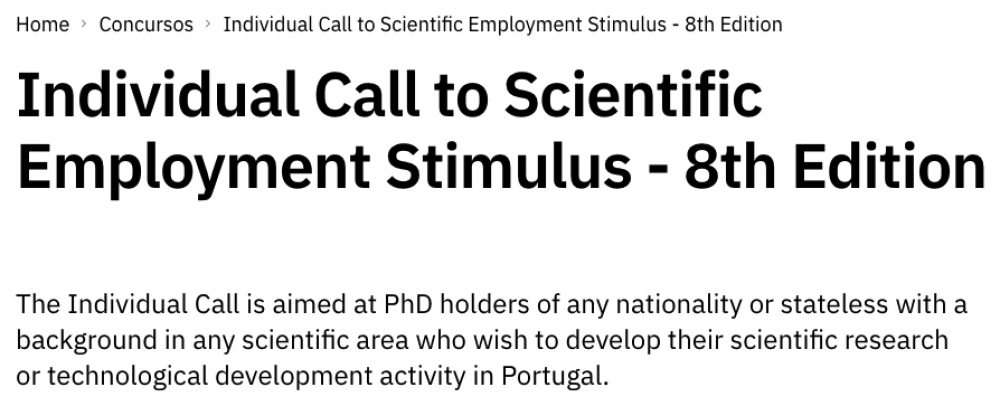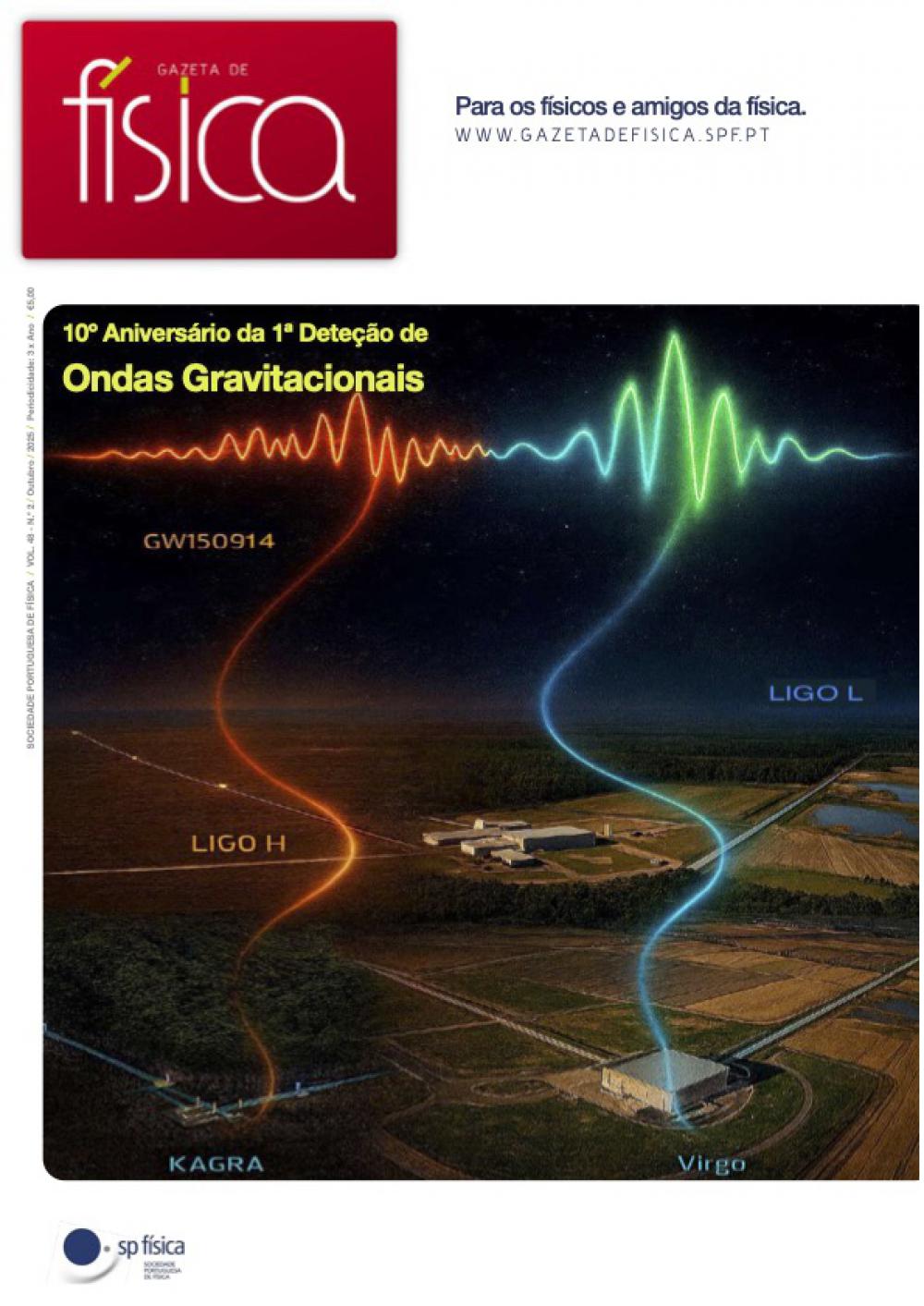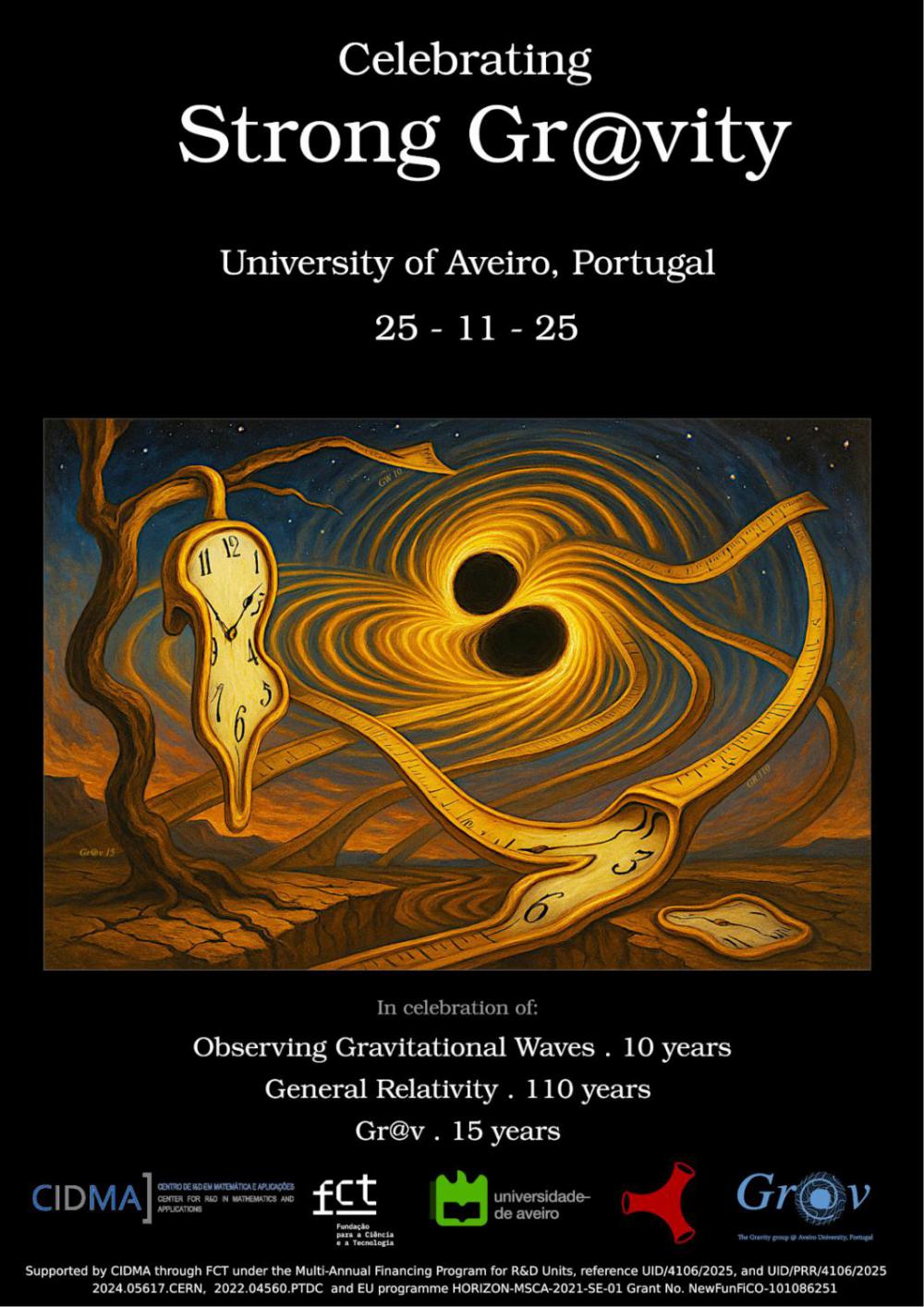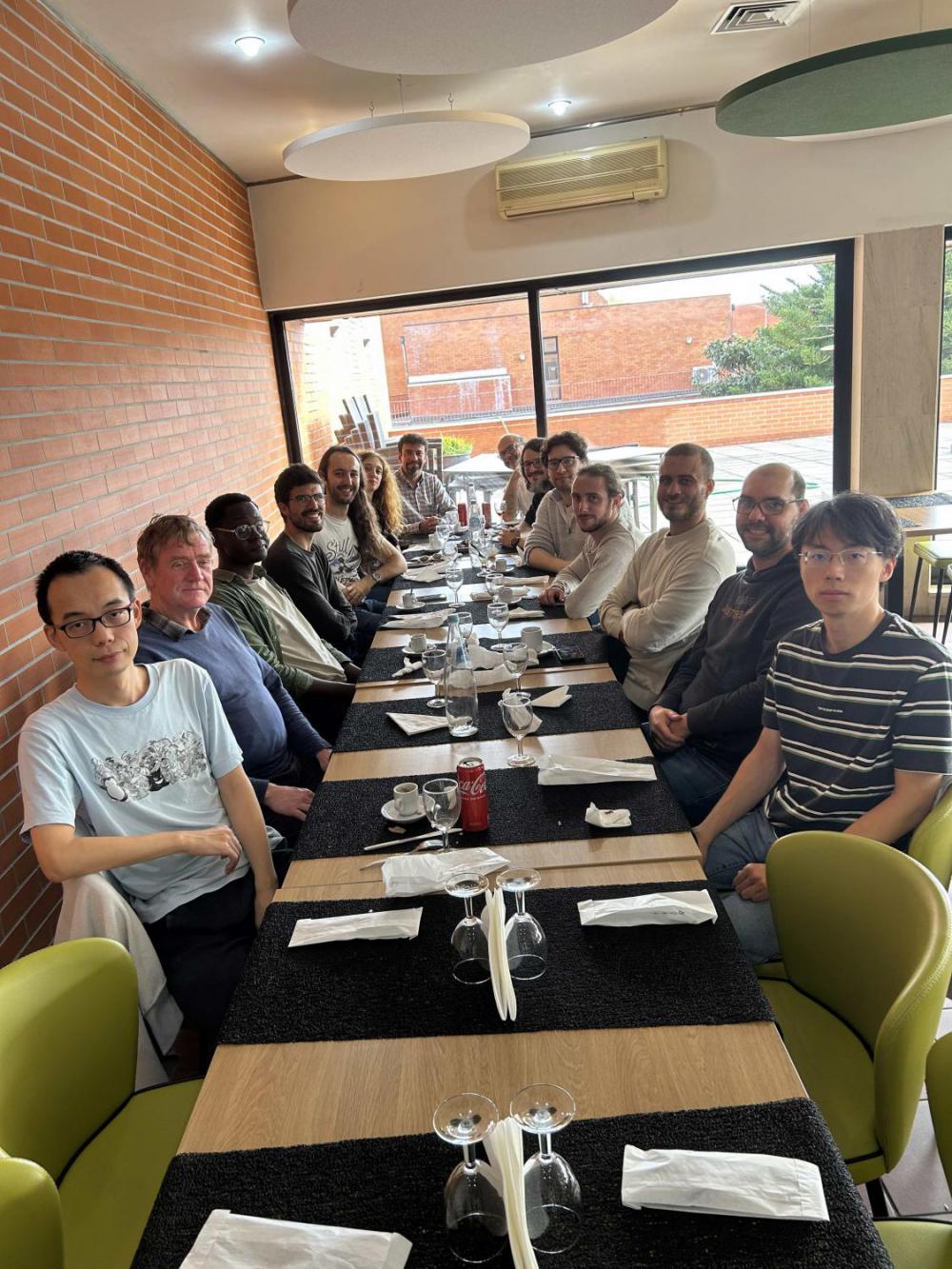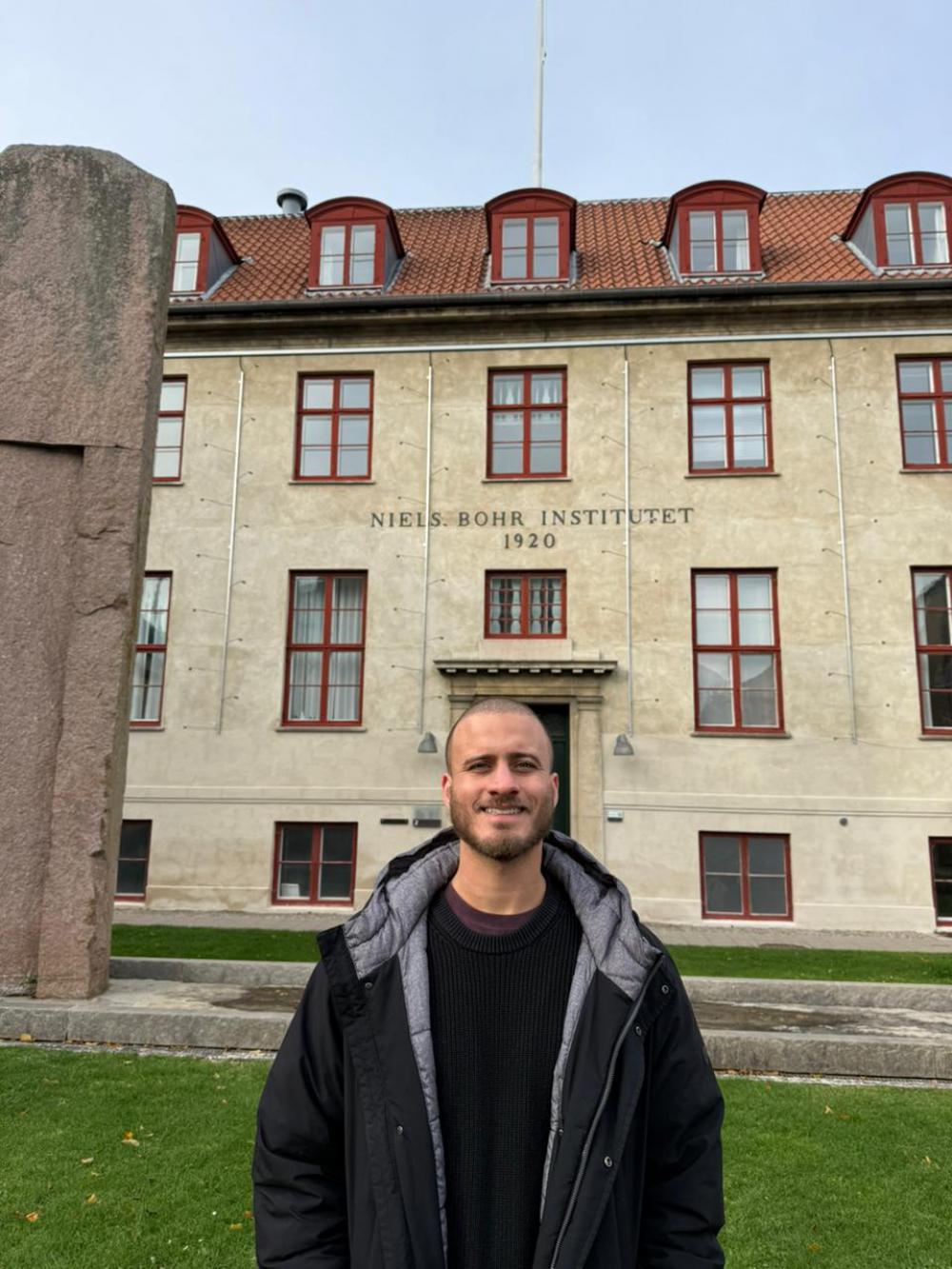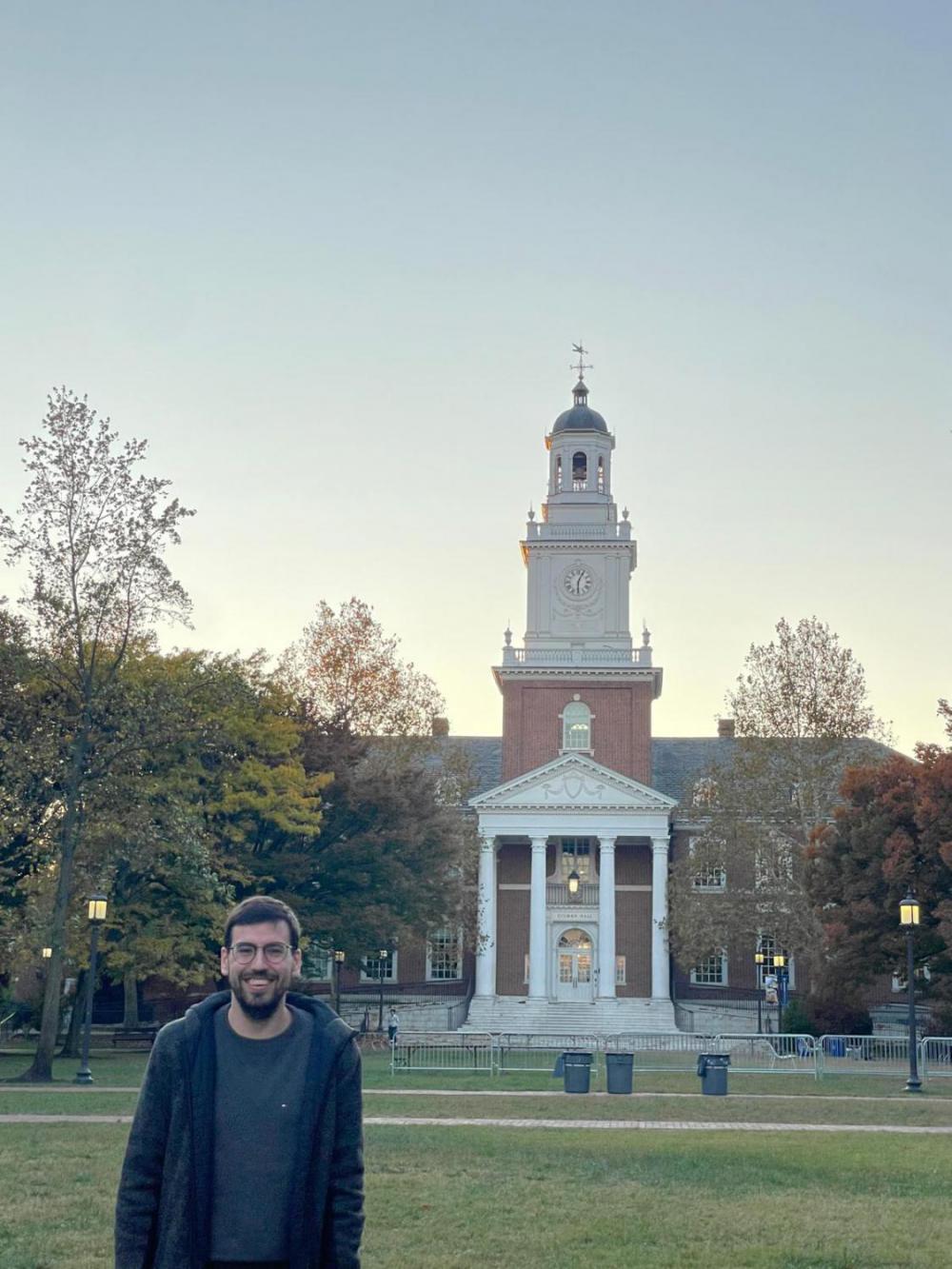FCT funded 3-years research fellowships at Gr@v
Gr@v is welcoming expressions of interest for the 8th edition of the CEEC competition. This call will fund three-year postdoctoral research contracts, offered at two levels depending on the applicant’s experience. Interested researchers are invited to contact the group coordinator. Application deadline: 29 January 2026.
